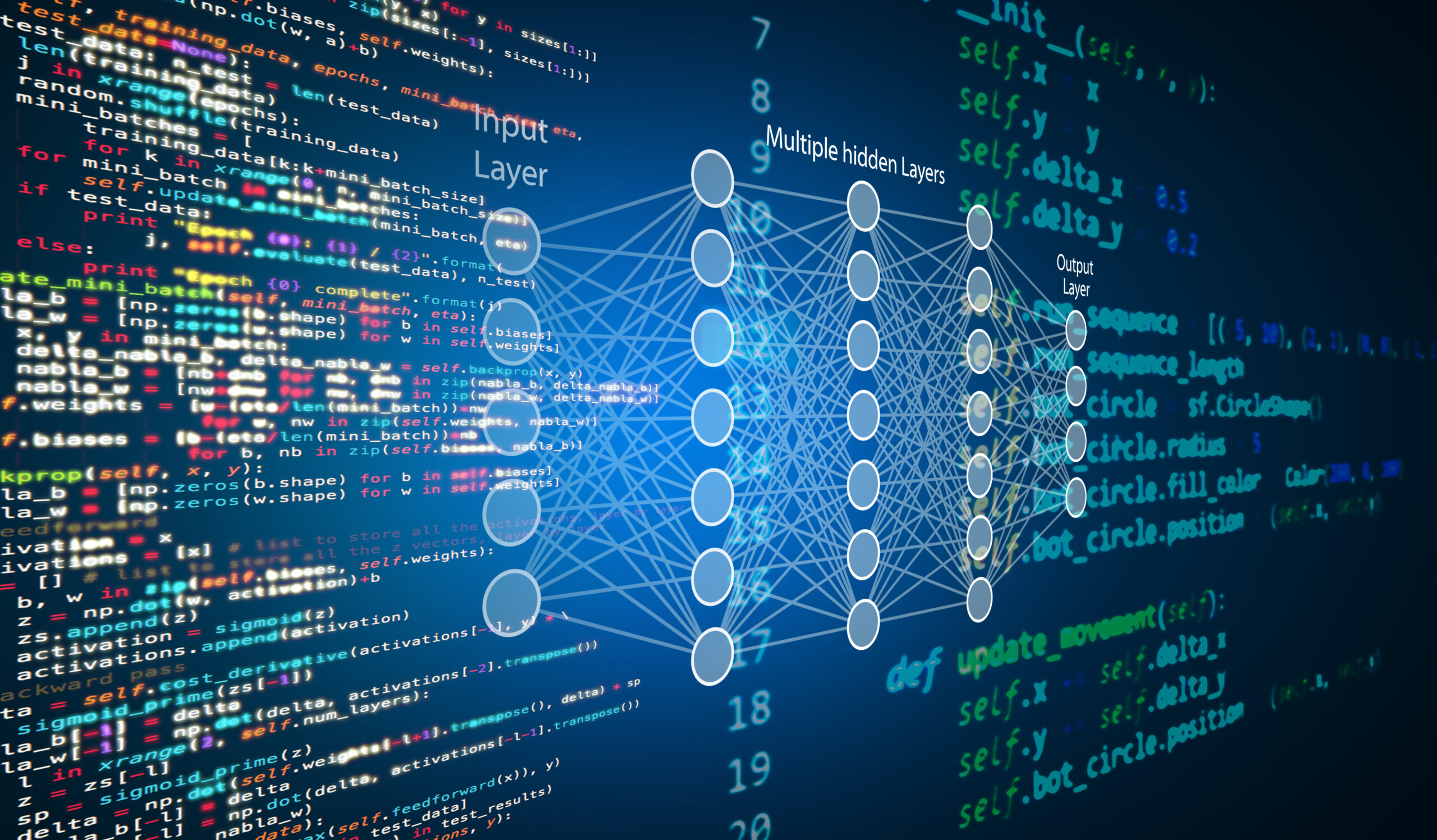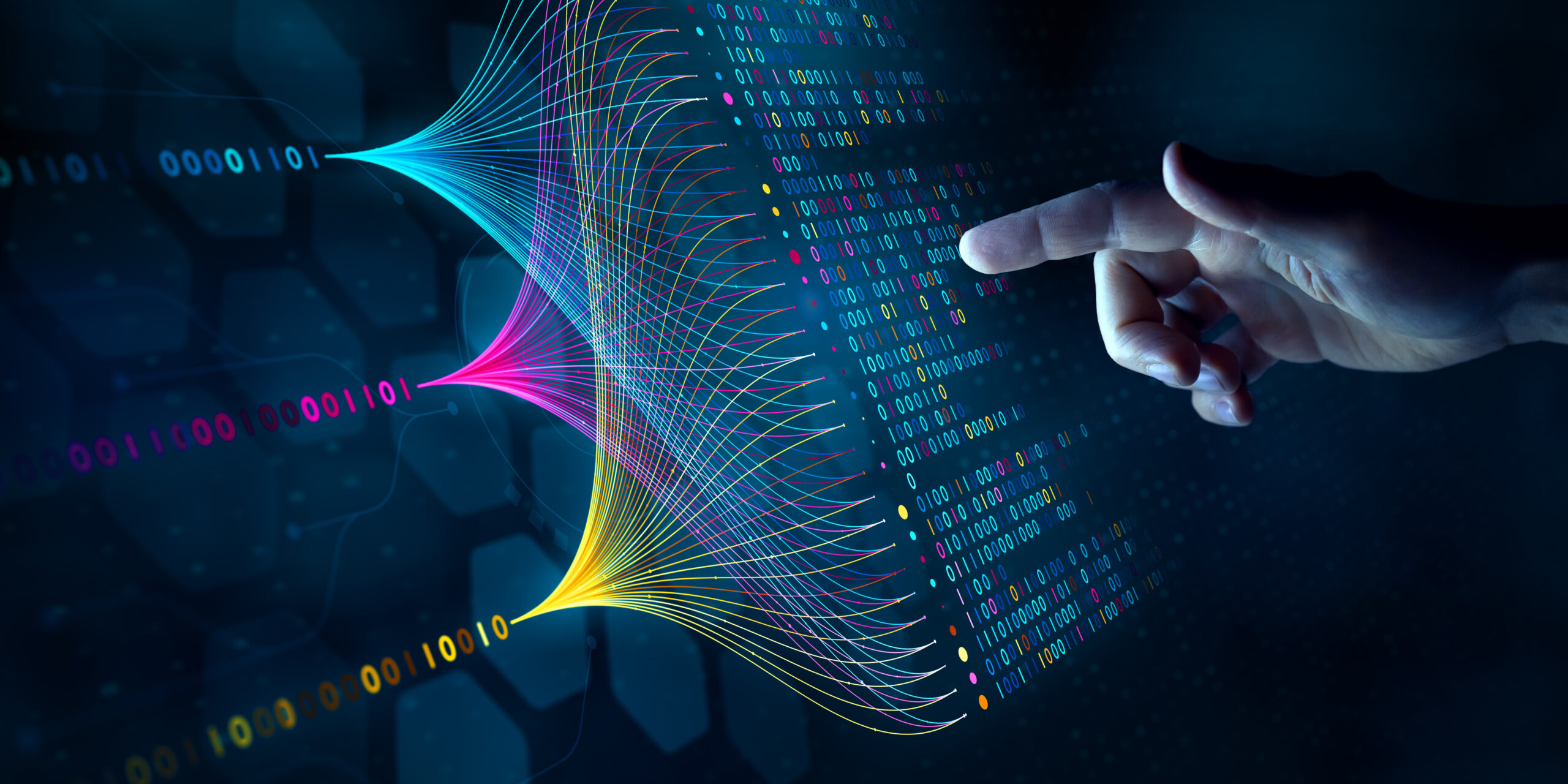Your Science Resources
Blog on Training, Modeling, Data & More
Record Your First YouTube Video
Photo by BoliviaInteligente on Unsplash. This post documents the production of our first YouTube video — a recording prepared for our clients interested in our corporate training services. It also marks the launch of our new category, Practical Insights, which offers hands-on knowledge of relevance to professionals seeking actionable information.
AI & ML for BI & Automation – Data Protection and Privacy in AI-Driven Manufacturing
In this Post, we share the table of contents and a few excerpts from the fifth chapter of the lecture notes of a medium-barrier, high-relevance corporate training we developed for an internationally active company. The program was built around four methodological pillars. The first: The goal is to make participants job-ready, able to collaborate across […]
Topology for Data Scientists: Persistent Homology and the Geometry of Data
This open report introduces the core concepts of Homology Theory and its modern extension through Topological Data Analysis (TDA), with a focus on Persistent Homology. These mathematical frameworks uncover hidden topological structures within complex datasets—structures often overlooked by traditional methods. Viewing tips: Click the collapsible menu button ☰| (top-left) to toggle the sidebar. Click […]
AI & ML for BI & Automation – ML for Supply Chain and Marketing Optimization
In this Post, we share the table of contents and a few excerpts from the sixth chapter of the lecture notes of a medium-barrier, high-relevance corporate training we developed for an internationally active company. The program was built around four methodological pillars. The third: A key distinction is that all our trainings are meticulously co-designed […]
Statistical Thinking for Business – with JASP and Python – Chapter 1
This Post is part of an open-access course offered by Your Science | Scientific Consulting. We have made it publicly available to showcase the type of training we provide and to illustrate key elements of our innovative training model, described as: “Immersive, internship-style didactics, AI-era content and pedagogy, AI-assisted training with Socratic guidance, role-playing, dynamic […]




